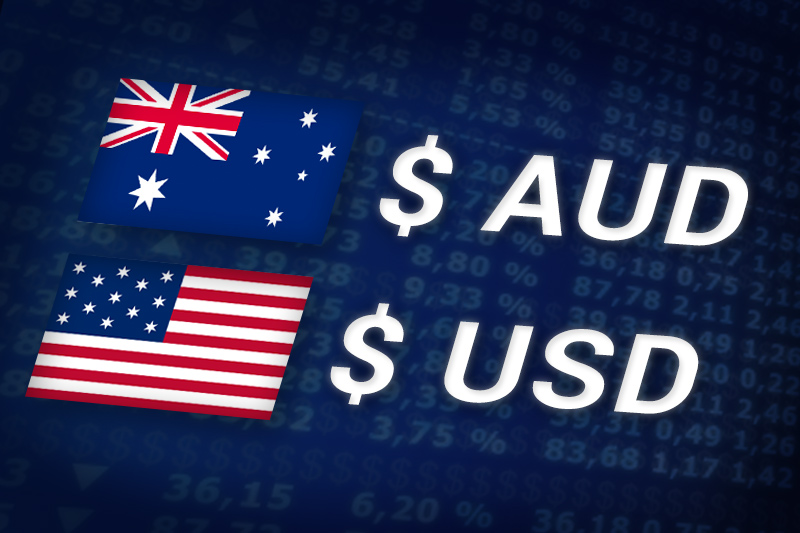Investing.com - The Australian dollar was sharply higher against its U.S. counterpart on Monday, as news that euro zone finance officials agreed to bailout Spain in order to help its ailing banking sector boosted demand for riskier assets.
AUD/USD hit 1.0009 during late Asian trade, the pair’s highest since May 15; the pair subsequently consolidated at 0.9977, rising 0.60%.
The pair was likely to find support at 0.9920, the low of May 15 and resistance at 1.0083, the high of May 11.
The Aussie rose to a one-month high against the greenback after euro zone finance ministers agreed to lend Spain up to EUR100 billion to shore up its struggling banks, relieving markets that had feared a fiscal collapse in the country.
The amount sought is about 2.7 times the funds deemed necessary for Spanish banks by the International Monetary Fund in a report released June 8.
Spanish Prime Minister Mariano Rajoy on Sunday expressed hope that the bailout would help the country's ailing economy, saying, "The European project, the future of the euro and our banking system all won new credibility." But he warned against expecting a quick turnaround following the banking rescue.
Investors remained cautious however, as they looked forward to a Greek national election on June 17 that could put Athens on a path out of the euro zone and precipitate a deeper crisis over the future of the shared currency.
Markets shrugged off official data showing that Chinese inflation, industrial output and retail sales disappointed expectations in May, after unexpectedly strong import data eased concerns over a ‘hard landing’ in the world’s second largest economy.
Elsewhere, the Aussie was lower against the New Zealand dollar with AUD/NZD falling 0.16%, to hit 1.2853.
Trading was expected to remain light as markets in Australia were closed for a national holiday.
AUD/USD hit 1.0009 during late Asian trade, the pair’s highest since May 15; the pair subsequently consolidated at 0.9977, rising 0.60%.
The pair was likely to find support at 0.9920, the low of May 15 and resistance at 1.0083, the high of May 11.
The Aussie rose to a one-month high against the greenback after euro zone finance ministers agreed to lend Spain up to EUR100 billion to shore up its struggling banks, relieving markets that had feared a fiscal collapse in the country.
The amount sought is about 2.7 times the funds deemed necessary for Spanish banks by the International Monetary Fund in a report released June 8.
Spanish Prime Minister Mariano Rajoy on Sunday expressed hope that the bailout would help the country's ailing economy, saying, "The European project, the future of the euro and our banking system all won new credibility." But he warned against expecting a quick turnaround following the banking rescue.
Investors remained cautious however, as they looked forward to a Greek national election on June 17 that could put Athens on a path out of the euro zone and precipitate a deeper crisis over the future of the shared currency.
Markets shrugged off official data showing that Chinese inflation, industrial output and retail sales disappointed expectations in May, after unexpectedly strong import data eased concerns over a ‘hard landing’ in the world’s second largest economy.
Elsewhere, the Aussie was lower against the New Zealand dollar with AUD/NZD falling 0.16%, to hit 1.2853.
Trading was expected to remain light as markets in Australia were closed for a national holiday.
